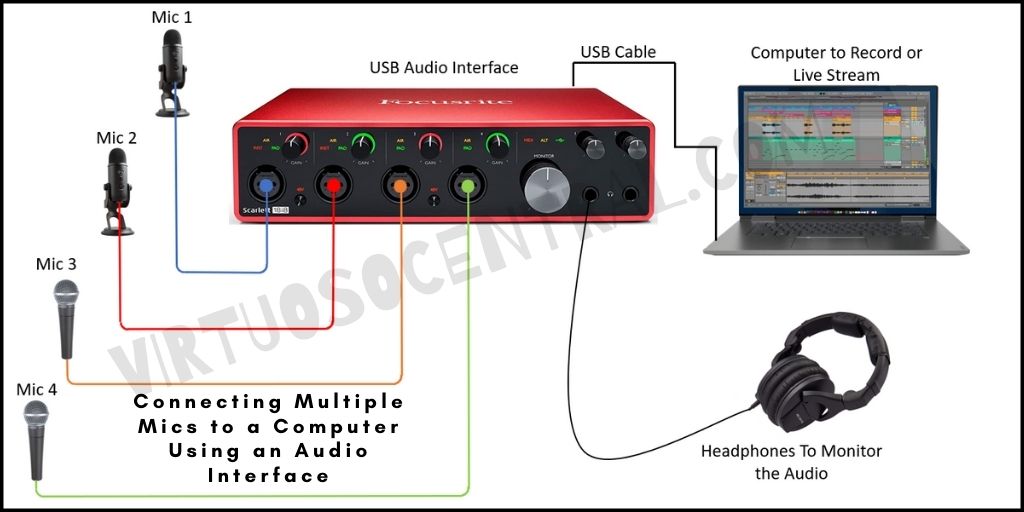

Power levels can be 100's of watts in a PA system, but in a typical computer speaker system between 2-10W is probably more likely. Power levels can be a few uW.Ĭompared to this, a speaker output signal may have peaks of up to 20V and currents of a few amps. In that case your suggested circuit is fine, but there is a simpler approach : just connect "Line Out" (green) to the "Line In" (blue) on the other end they use the same signal levels and need no circuitry in between.īasically a speaker signal is the same type of signal (audio in the range of 20Hz - 20kHz) but at a much larger power level (usually both current and voltage are larger)ĭepending on the type of mic or amplifier/speaker system used, things vary, but a typical mic input may have an input impedance of at least 10kΩ, range from 0 to 1V, with typical input signals being a few tens of mV. HOWEVER if you are referring to the coloured connectors shown, the green one is "Line Out" - 0.1 to 0.5V rms, not enough power to drive a speaker directly a lot of PC speakers have amplifiers built in to work with this low level signal. The circuit you provided will protect it from damage, but it might still overload enough to distort the input signal. So you need to attenuate the speaker output (reduce the voltage) to avoid overloading the microphone input.

Microphones are delicate devices delivering millivolts into a high impedance input (low current, very low power). What that means depends on the speaker anything from a couple of volts and a fraction of an amp (total power 0.25 watts or so) for a little multimedia speaker up to tens of thousands of watts for an AC/DC gig.

Speaker signals are relatively high voltage and relatively low impedance (meaning they can deliver a lot of current). Better make R2 switchable or variable with 1k being the upper limit.


 0 kommentar(er)
0 kommentar(er)
